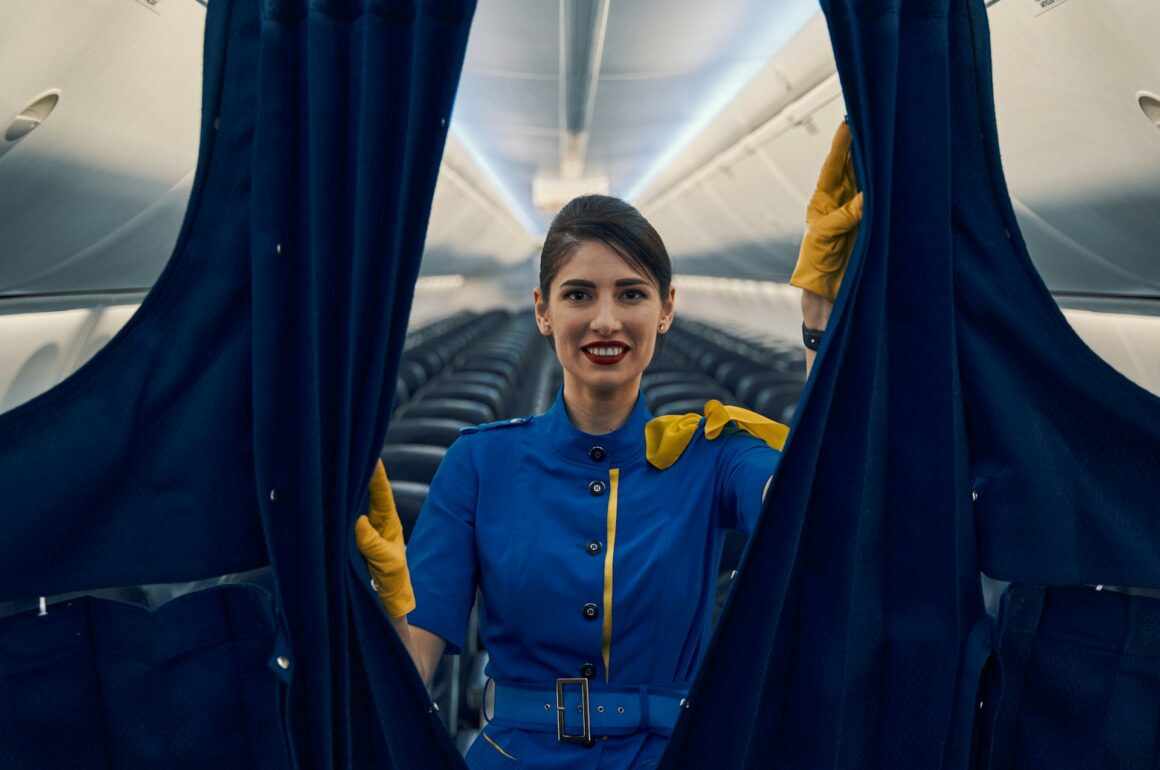
In the mid 2010s, premium economy was the class cabin of concern – these were the seats that airlines were pouring their investment into. It looked as though first class might face extinction, making business class seats the most sought-after seats on the plane. But then, something switched, as elite travelers went in search of one-of-a-kind, ever more luxurious experiences, and consequently many airlines have had a first class glow-up in recent years, with the gap between business and first class appearing to widen. We’re exploring the upper echelons of air travel below, just in case you’ve ever wondered: first class vs business class – what exactly is the difference?
[toc]
1. What is the highest class in a plane?
First class is the highest category of ticket you can buy. But between airlines, first class varies enormously and numerous airlines have added even more premium and unique options to the repertoire, such as Etihad’s The Residence. One airline’s business or first class offering can also vary massively between routes.
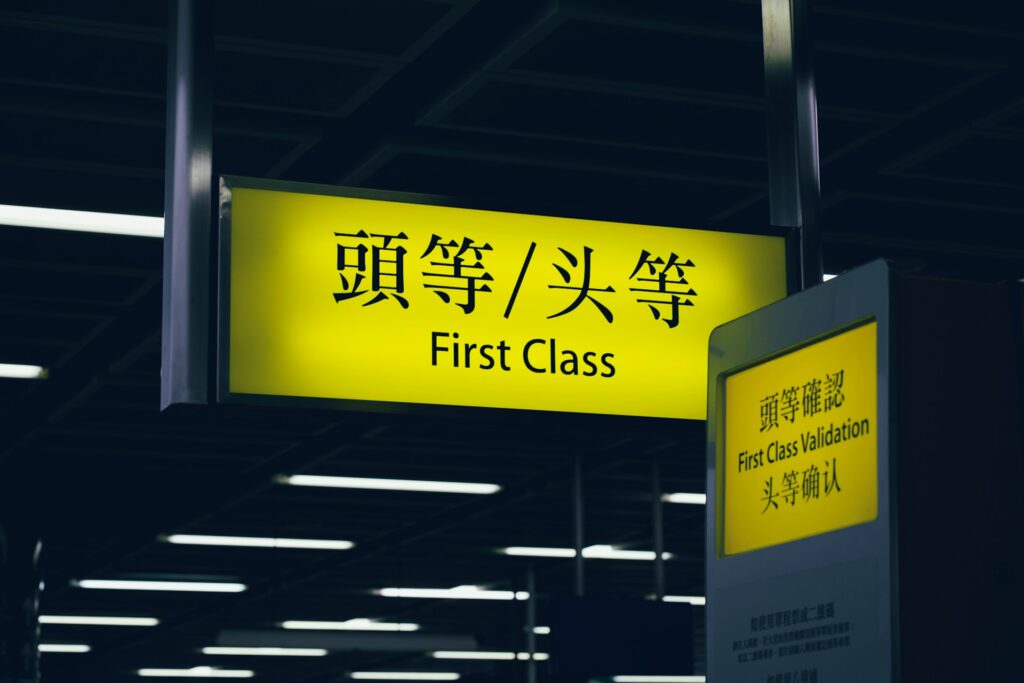
2. Which seat is better: first class or business class?
Business class seats tend to be the most luxurious version of what you get in economy and premium economy cabins, in that they are still actual seats, whereas first class seats tend to be within larger suite-like spaces, with full beds and privacy curtains or doors. Business class seats still have privacy, usually as a result of clever seat configuration, and they always have plenty of space, usually enough for lie flat seats.
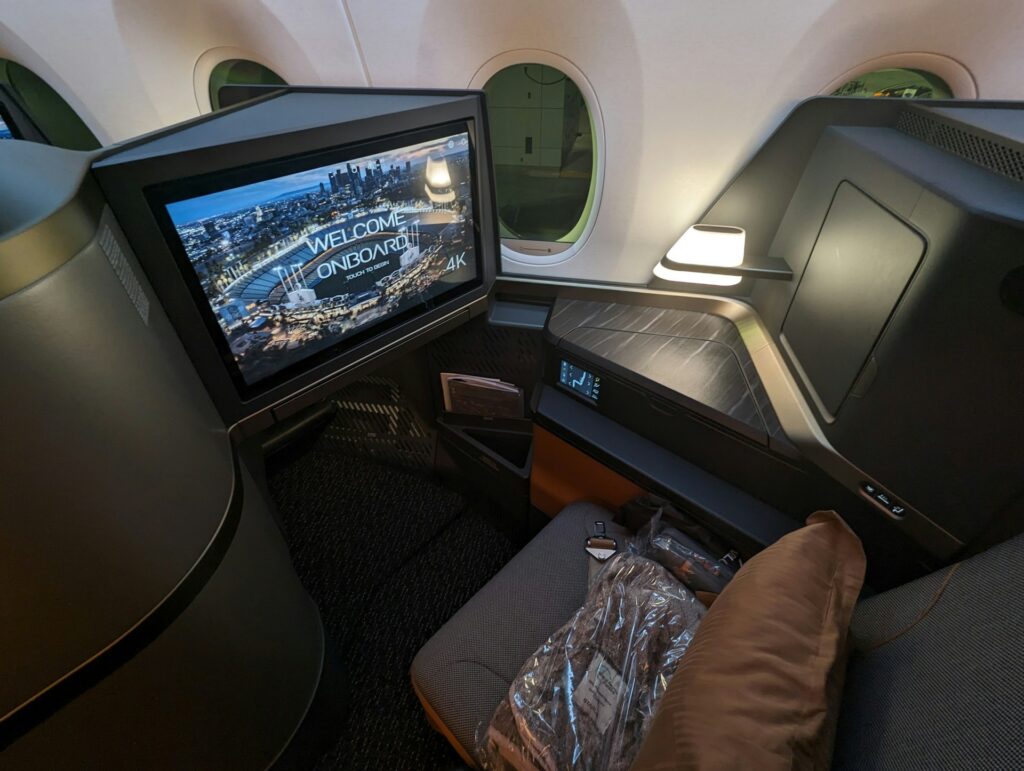
3. Which food and drink is better: first class or business class?
There is a clear shift in the dinner service between these classes. In business class, you will usually enjoy restaurant-style plating with cloth napkins, ceramics, glassware and cutlery and you may be able to pre-select your meals or dine on demand, depending on your airline. In first class, things go up a notch; airlines are aiming to give you an actual gourmet experience, with elevated fine dining presentation, rare vintage wines, more choice and exclusive menus designed by Michelin star chefs.
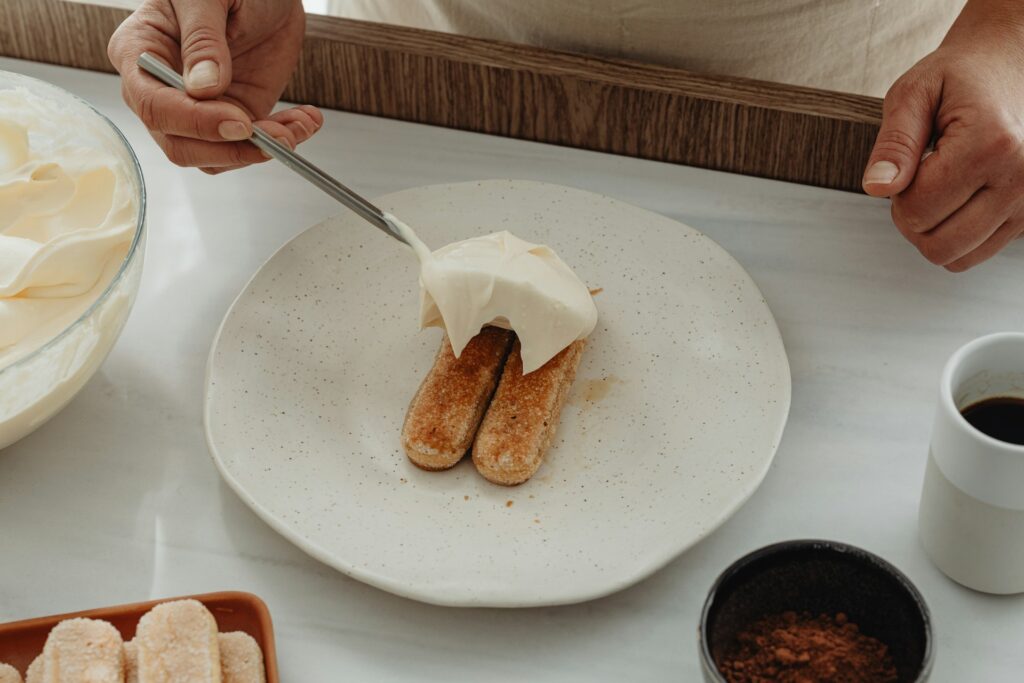
4. What are the other key differences in amenities?
Essentially, first class is looking to provide a luxury hotel experience in the air, whereas business class is looking to make your flight as smooth and comfortable as possible. So, in business class, you’ll have more control over your personal space than in economy or premium economy (temperature, lighting), and you’ll have bedding to transform your seat into a bed. Business travelers will have easy access to plug sockets and WiFi and everything they need to get on with their work or take a break from it.
In first class you’ll have this, plus perhaps a personal minibar, access to a shower, a flat screen TV and space for another passenger to come and dine with you. There are luxurious amenities in both classes – Emirates works with Bulgari on their amenity kits, and Turkish Airlines works with Ferragamo, for instance. As a first class vs business class case study, Air France’s La Premiere passengers get embossed boxes in Air France red or pearl grey, with hand cream, eye contour balm, serum and moisturizer by Sisley, whereas the equivalent business class bag includes two Clarins moisturizers.
5. What’s the difference on the ground?
Like everything in the world of luxury travel, no two airport lounges are created equal. Generally, business class and first class passengers will have access to airport lounges, with extra special first class lounges available in some circumstances, for the most elite first class fliers. For instance, at Singapore Changi airport, Singapore Airlines has gold and silver lounges, as well as The Private Room, with a maximum capacity of just 78. As well as lounge access, first class passengers often receive additional perks like chauffeur-driven cars to and from the airport and dedicated jet bridges so they don’t have to board the plane with everyone else.
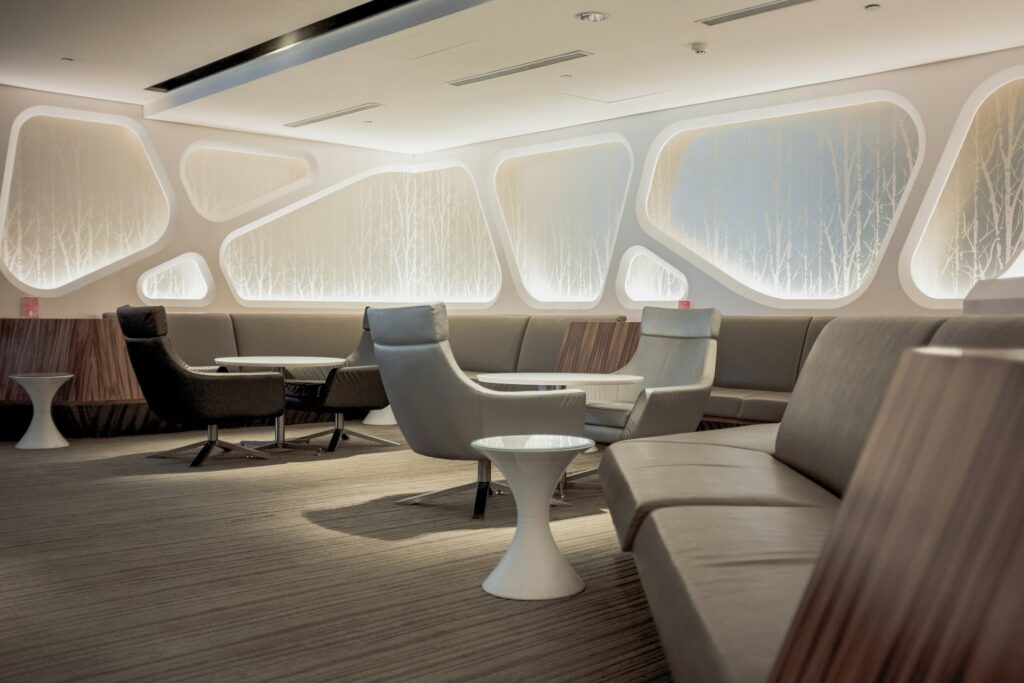
6. Is there an industry standard for airline classes?
Broadly speaking, business class is an enhanced experience, designed for your comfort, with wider seats and more amenities than economy or premium economy and first class is the highest level of luxury and service. But the reality is more complex; airlines have different priorities and different seat configurations on different routes, and they’re making updates to their fleets all the time.

7. Is it worth upgrading from business to first class?
You are never going to be uncomfortable on a business class flight, so this question comes down to what you are prepared to pay for. In the battle of first class vs business class, there is much to consider. How long is the flight you’re taking? For domestic flights, the difference in service will feel small, and you won’t have much time to make use of the amenities. Will you feel the benefit? Have you checked specifically which seats are available on your route and your airline? Not to mention, it’s often quadruple the price to travel in first class. We found an Emirates business class ticket from NYC to Dubai for $5,537 while the equivalent first class ticket cost $21,967.



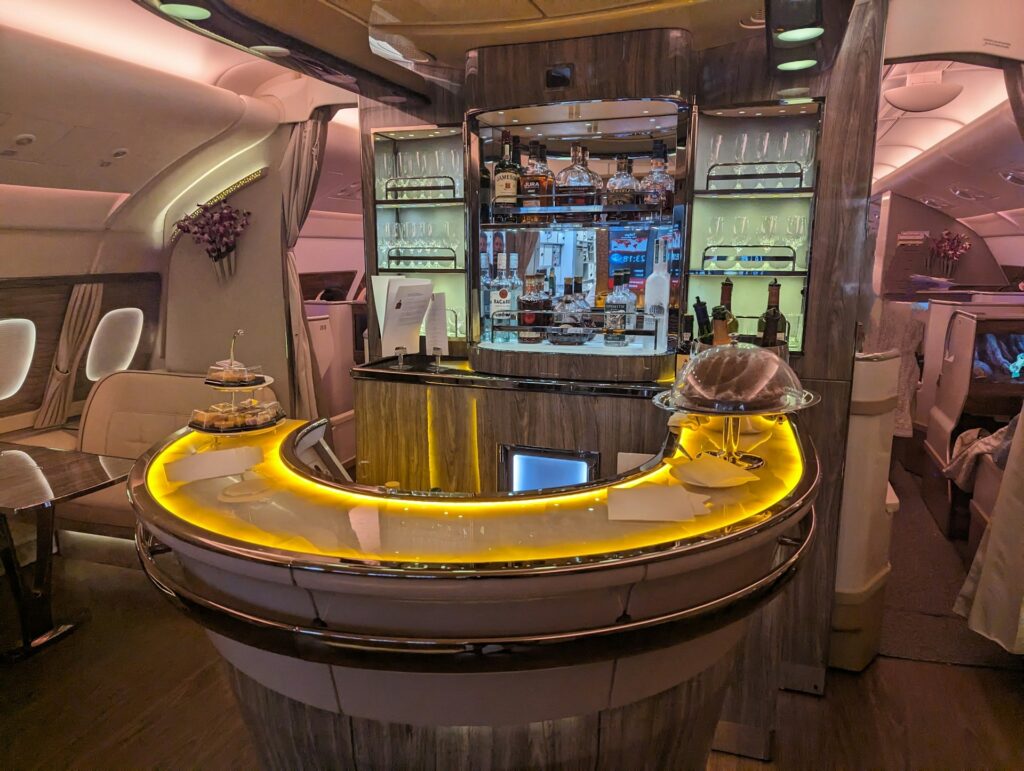
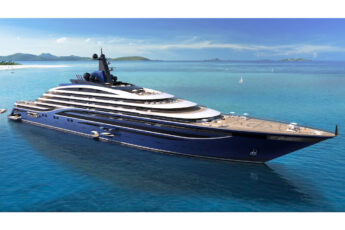
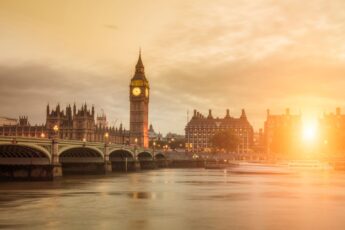
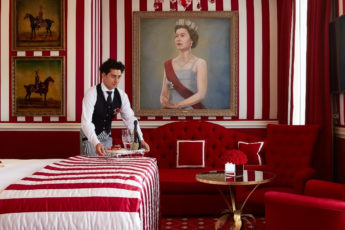





Leave a Comment